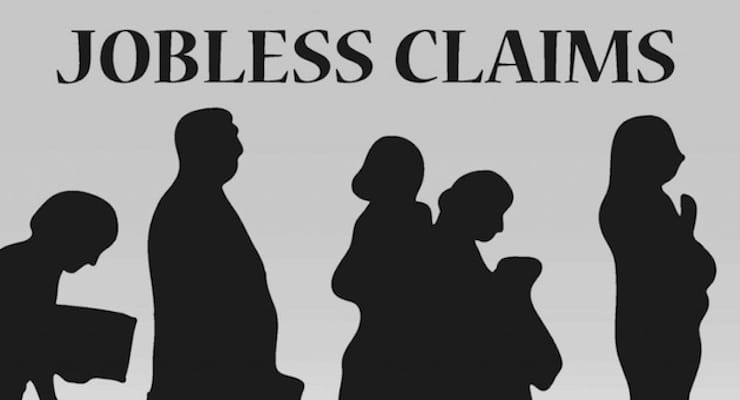

Weekly Jobless Claims Graphic. Number of Americans applying for first-time jobless benefits.
The Labor Department said Thursday weekly jobless claims, or the number of Americans filing for unemployment benefits, fell by 10,000 for the week ending May 21. Economists polled by Reuters had forecast initial claims falling to 275,000 in the latest week.
While the number moved back to near-cycle lows and below 300,000 for 64 straight weeks–a threshold associated with a strong job market–the long-term unemployment number shrinks the pool of eligible applicants for jobless benefits. On the surface, the labor market appears healthy and tightening even as the economy struggles to regain momentum after the first quarter.
The report does mark the longest stretch since claims have been below the threshold since 1973. Initial claims for state unemployment benefits declined to a seasonally adjusted 268,000 and claims for the prior, much-weaker week were unrevised.
Still, as the two consecutive weeks of decline help to erase some of the jump in claims between late April and early May, the trend has become even less favorable.
The four-week moving average–which is widely considered a better measure as it irons out week-to-week volatility–increased by 2,750 from the previous week’s unrevised average of 275,750. There were no special factors impacting this week’s initial claims and no state was triggered “on” the Extended Benefits program during the week ending May 7.
There were 7,754 former Federal civilian employees claiming UI benefits for the week ending May 7, a decrease of 812 from the previous week. Newly discharged veterans claiming benefits totaled 13,556, an increase of 178 from the prior week.
The highest insured unemployment rates in the week ending May 7 were in Alaska (3.5), Wyoming (2.9), West Virginia (2.6), Puerto Rico (2.5), New Jersey (2.4), California (2.3), Connecticut (2.2), Pennsylvania (2.2), Illinois (2.0), and Massachusetts (2.0).
The largest increases in initial claims for the week ending May 14 were in Missouri (+4,153), California (+1,645), Indiana (+658), Iowa (+430), and Kansas (+406), while the largest decreases were in New York (-15,881), Michigan (-3,654), Tennessee (-1,561), Illinois (-703), and Pennsylvania (-668).





